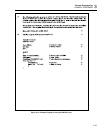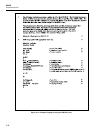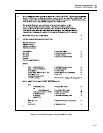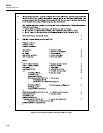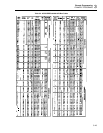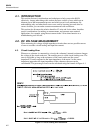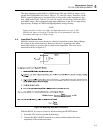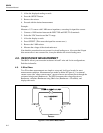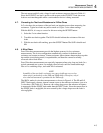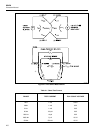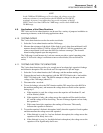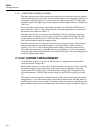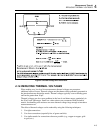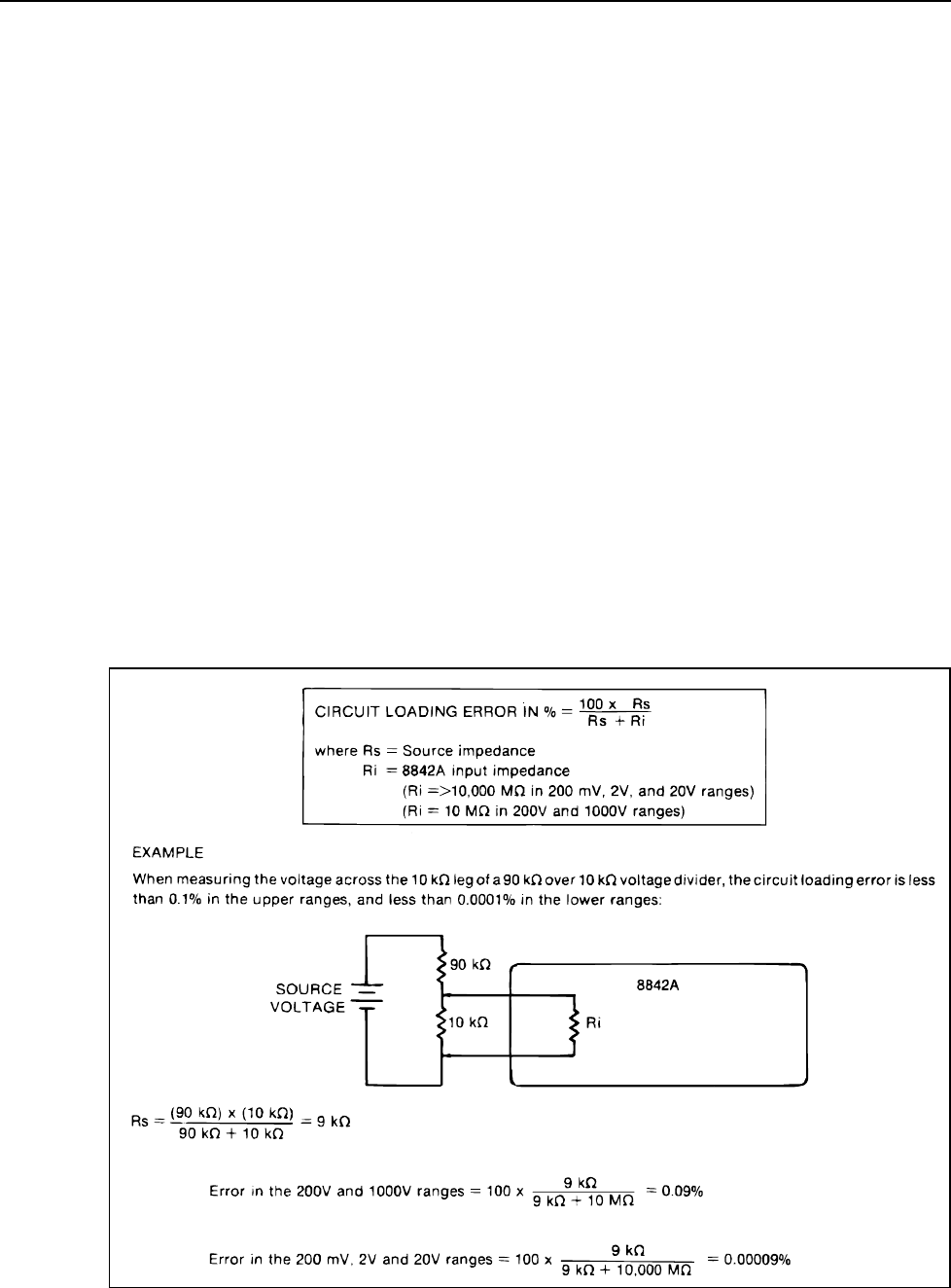
8842A
Instruction Manual
4-2
4-1. INTRODUCTION
This section discusses considerations and techniques to help you use the 8842A
effectively. Among other things, this section discusses sources of error which are an
inherent part of the measurement process and which occur for all multimeters. By
understanding why and when these errors occur, and by knowing how and when to
correct for them, you can make accurate measurements with confidence.
This section also discusses the relative benefits of 2-wire and 4-wire ohms, describes
special considerations for making ac measurements, and presents some unusual
applications--for example, using the test current in the 2-wire ohms function as a
troubleshooting tool in itself.
4-2. DC VOLTAGE MEASUREMENT
When measuring dc voltages in high-impedance circuits, there are two possible sources
of error to consider: circuit loading and input bias current.
4-3. Circuit Loading Error
Whenever a voltmeter is connected to a circuit, the voltmeter’s internal resistance changes
the voltage of the circuit under test. The resulting error is called circuit loading error. The
error is negligible as long as the resistance of the circuit under test (the source
impedance) is small compared to the input impedance of the meter. As the source
impedance approaches the input impedance of the voltmeter, the error can be
considerable. The percentage of error can be calculated using the formula in Figure 4-1.
f4-01.wmf
Figure 4-1. Circuit Loading Error Calculation




